Thailand’s famous beaches and temples draw millions of visitors each year, yet the country holds countless hidden gems that most travelers never discover. Everyone flocks to the same well-known destinations, while adventurous souls can find pristine landscapes, authentic culture, and peaceful solitude in places that remain refreshingly untouched by mass tourism.
Here’s a list of 16 secret spots in Thailand that offer genuine experiences far from the crowded tourist trails.
Koh Kood
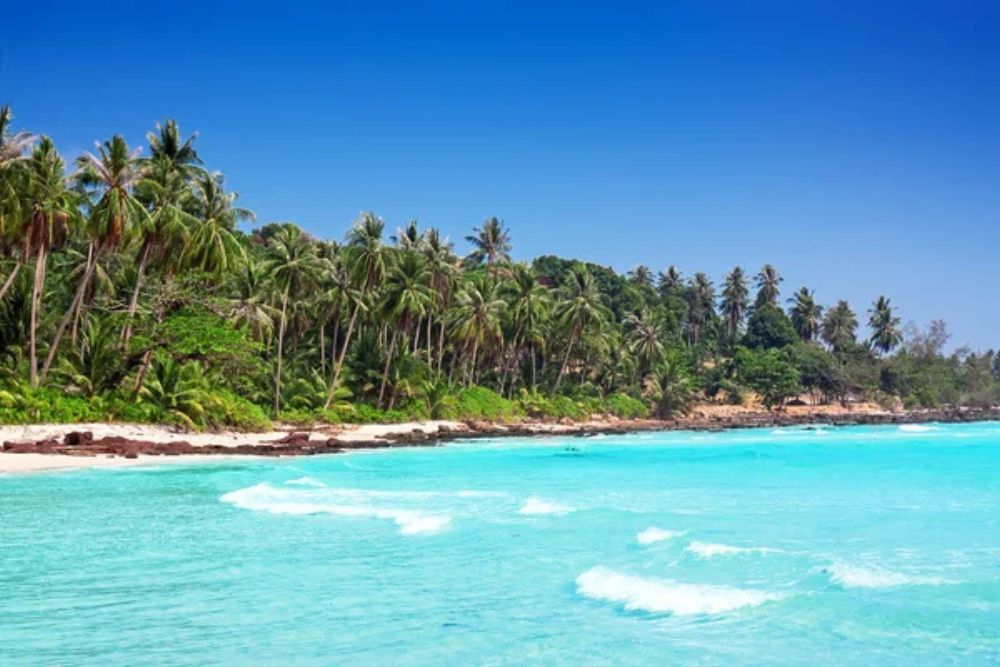
This eastern island feels like stepping back in time to what Thai islands were like decades ago. Koh Kood’s beaches stretch for miles without a single vendor in sight — and the interior jungle hides waterfalls that you might have completely to yourself.
The island has managed to stay under the radar because it requires more effort to reach than its famous neighbors. Most visitors stick to the western coast resorts, leaving the rest of this 62-square-mile paradise wonderfully empty.
Mae Hong Son
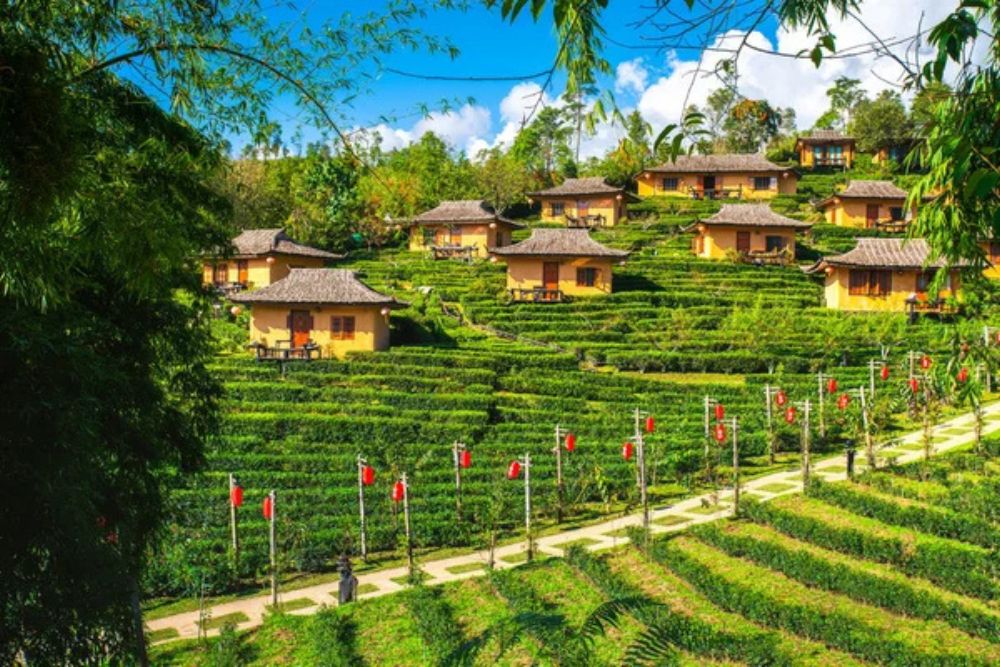
Tucked away in Thailand’s northwestern mountains near the Myanmar border, Mae Hong Son feels more like a different country entirely. The town sits in a valley surrounded by mist-covered peaks. Local culture blends Thai, Burmese, and hill tribe influences in fascinating ways. Morning fog rolls through the streets most days of the year, creating an almost mystical atmosphere that photographers dream about.
Getting here requires a winding mountain drive that keeps casual tourists away, though it rewards visitors with one of Thailand’s most authentic experiences.
Like Travel Pug’s content? Follow us on MSN.
Koh Yao Noi
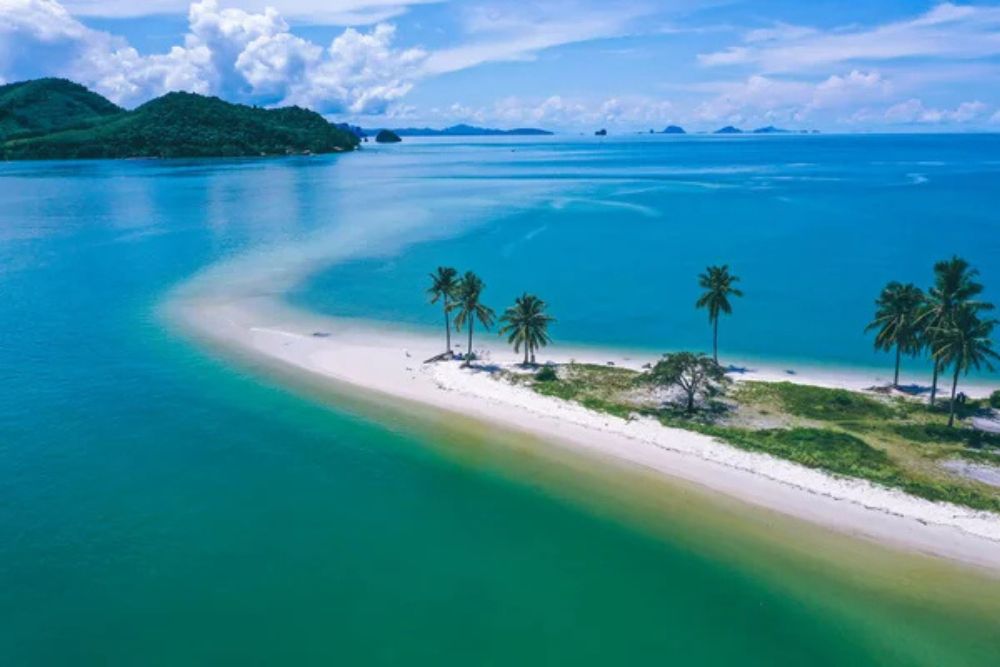
While Phuket gets all the attention, this quiet island in Phang Nga Bay offers the same stunning limestone karsts without the chaos. Local fishermen still outnumber tourists here. You can watch traditional long-tail boats being built right on the beach. The island operates on ‘island time’ — nothing happens quickly, and that’s exactly the point.
Cycling through rubber plantations and rice paddies feels like exploring a living postcard where tourism hasn’t changed the fundamental rhythm of daily life.
Nan Province
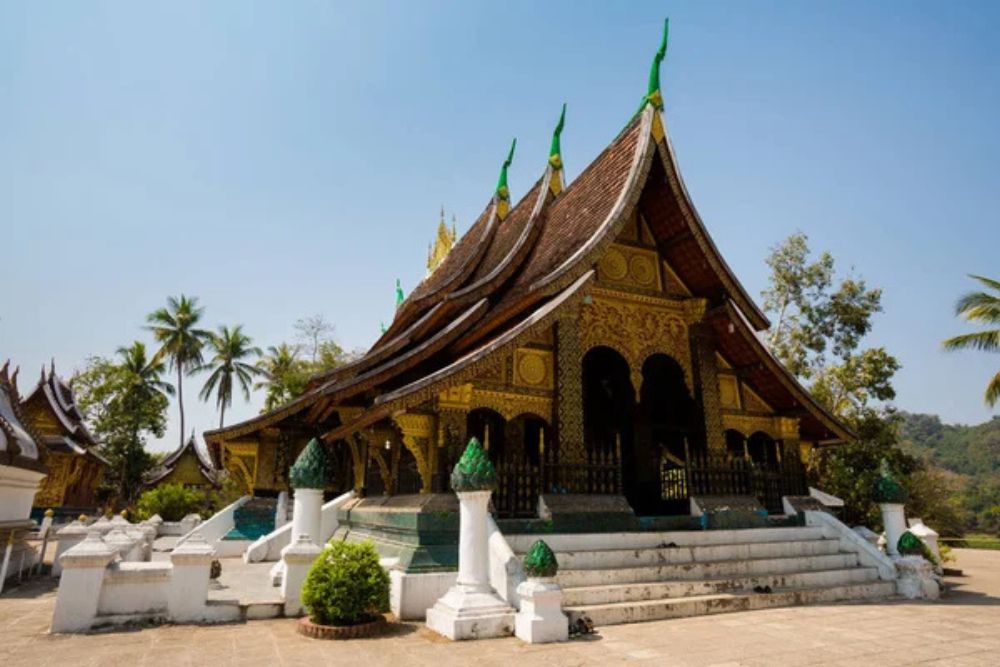
This northern province stays off most itineraries despite having some of Thailand’s most beautiful temples and mountain scenery. Nan town itself charms visitors with its relaxed pace and well-preserved Lanna architecture, whereas the surrounding countryside offers hill tribe villages that welcome visitors with genuine curiosity rather than rehearsed tourist smiles.
The province borders Laos, giving it a distinct cultural flavor that feels different from the rest of northern Thailand. Wat Phumin’s famous murals alone justify the journey, though they’re just the beginning of what this region offers.
Koh Libong
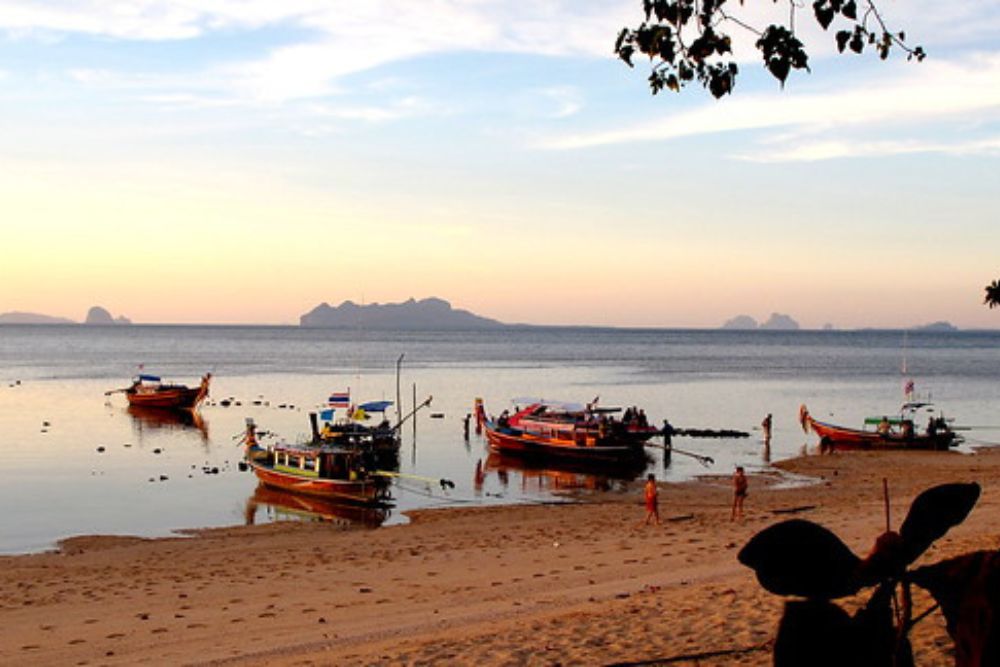
Marine biologists love this Andaman Sea island for its dugong population, yet regular travelers rarely make it here. Koh Libong operates more like a working fishing community than a tourist destination, with Muslim villages that have maintained their traditional way of life for generations.
The beaches aren’t postcard perfect, but they’re real — you’ll find fishing nets drying in the sun and locals going about their daily business. It’s the kind of place where you become a temporary part of the community rather than just an observer.
Like Travel Pug’s content? Follow us on MSN.
Phetchaburi
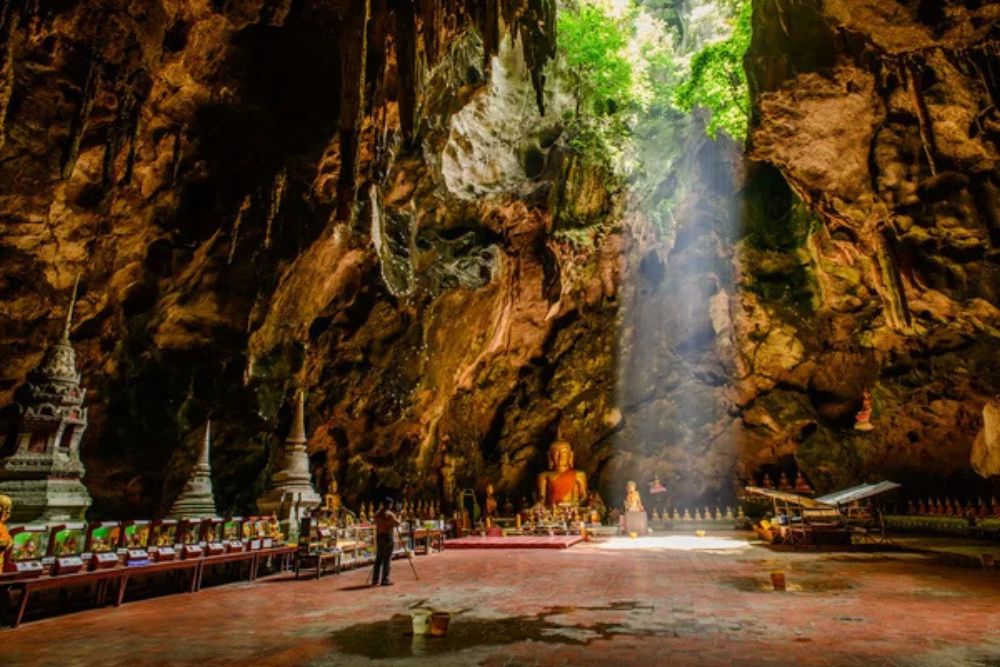
Just two hours south of Bangkok, this historic town gets overshadowed by more famous destinations despite having some of Thailand’s finest examples of classical architecture. Khao Wang palace complex crowns a hill overlooking the town — while the old quarter below preserves traditional wooden shophouses and ancient temples. The town’s famous desserts have been made the same way for centuries.
Watching local craftspeople work feels like witnessing living history. Most travelers speed right past on their way to beach destinations, missing one of central Thailand’s best-kept secrets.
Koh Phayam
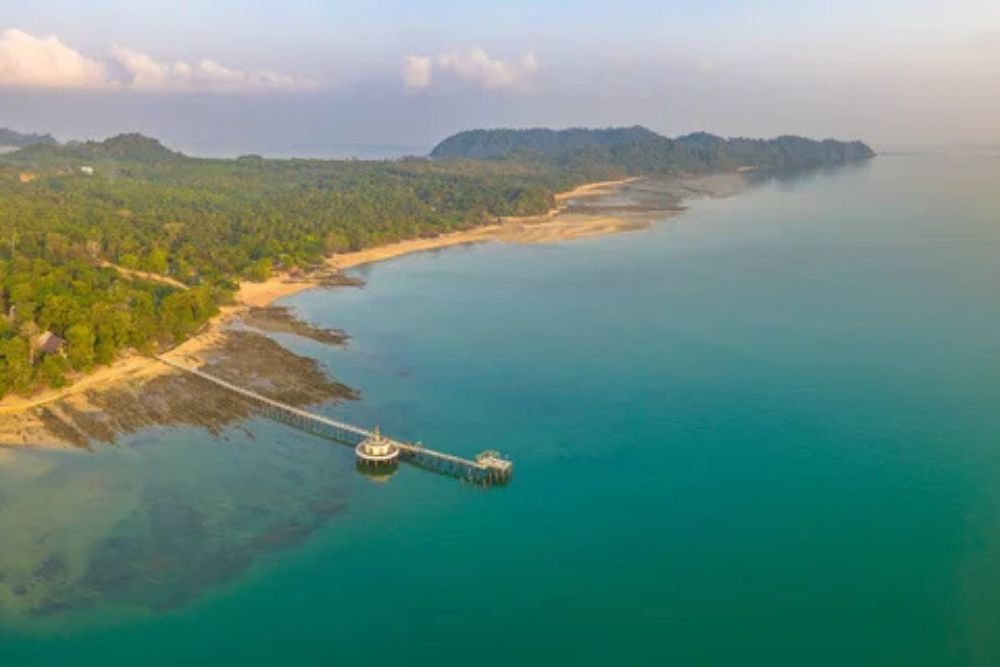
This small island off the Andaman coast near Ranong maintains the laid-back vibe that made Thai islands famous decades ago. No cars disturb the peace — everyone gets around on foot or by motorbike along sandy paths that wind through coconut groves. The two main beaches offer completely different experiences: one faces west for spectacular sunsets, whereas the other provides calm waters perfect for swimming.
Local restaurants serve whatever the fishermen catch that morning. The absence of ATMs or fancy resorts keeps the crowds manageable.
Loei Province
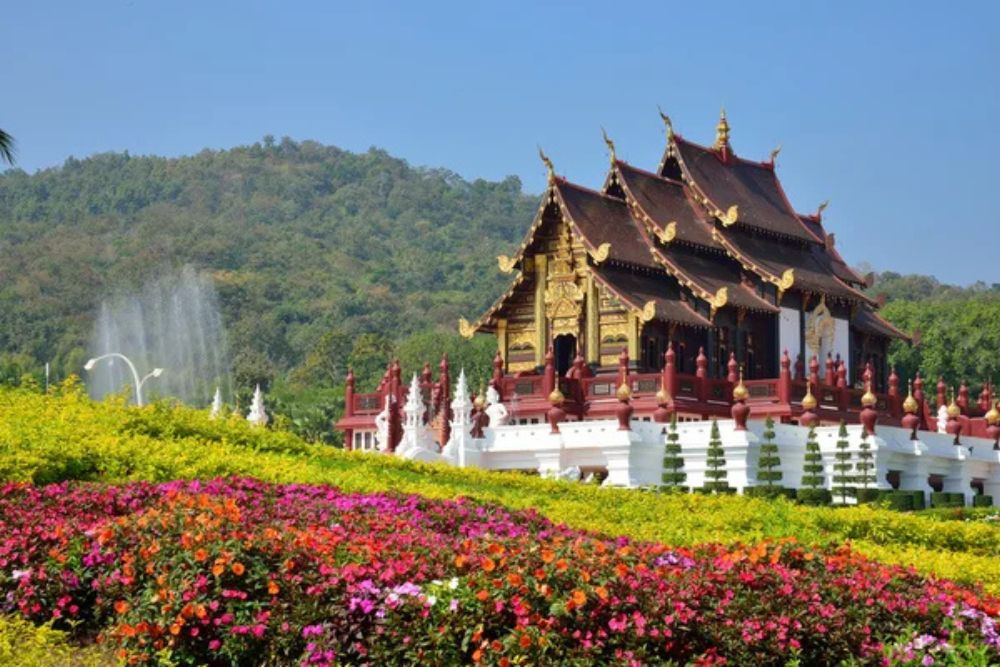
Thailand’s northeastern corner surprises visitors with cool mountain air and landscapes that look more like northern Vietnam than typical Thai scenery. Phu Kradueng National Park offers hiking trails through pine forests that seem impossible in tropical Thailand — while the Mekong River forms the border with Laos in a region where few tourists venture.
The provincial capital has a quirky charm, with coffee shops and art galleries that give it an unexpectedly cosmopolitan feel. Winter temperatures can actually require a jacket here, making it a refreshing change from Thailand’s usual heat.
Like Travel Pug’s content? Follow us on MSN.
Koh Mak
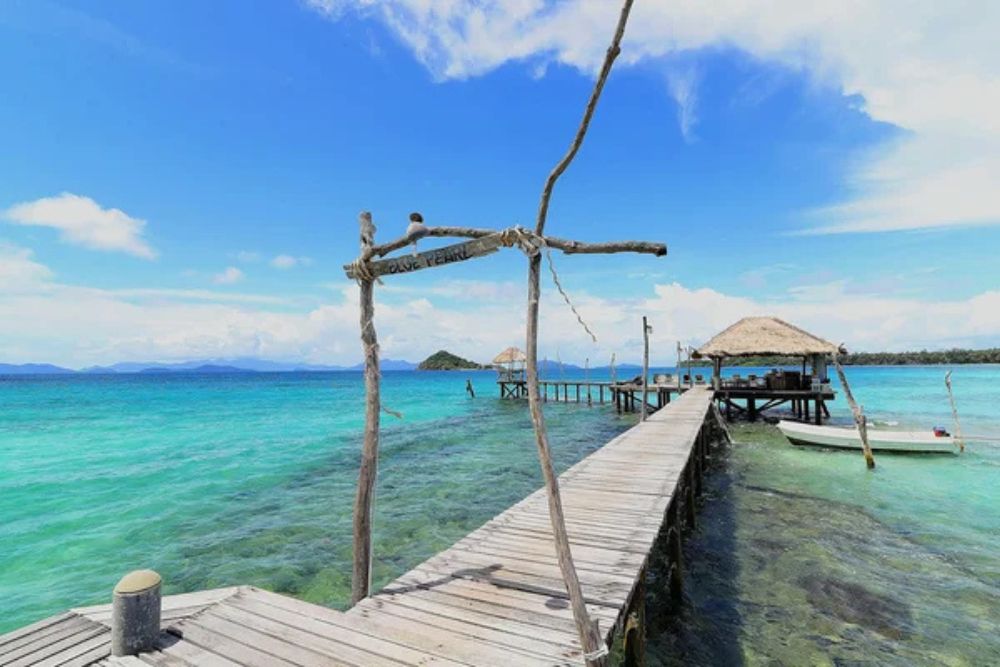
Smaller and quieter than neighboring Koh Chang, this island attracts visitors who want tropical beauty without the party scene. Most of Koh Mak remains covered in coconut plantations and rubber trees — with development limited to a few low-key resorts and local guesthouses. The island’s size makes it perfect for exploring by bicycle.
You can ride from one end to the other in about an hour, discovering hidden coves and local villages along the way. Crystal-clear water and healthy coral reefs make it a snorkeler’s paradise that feels refreshingly uncommercialized.
Sangkhlaburi
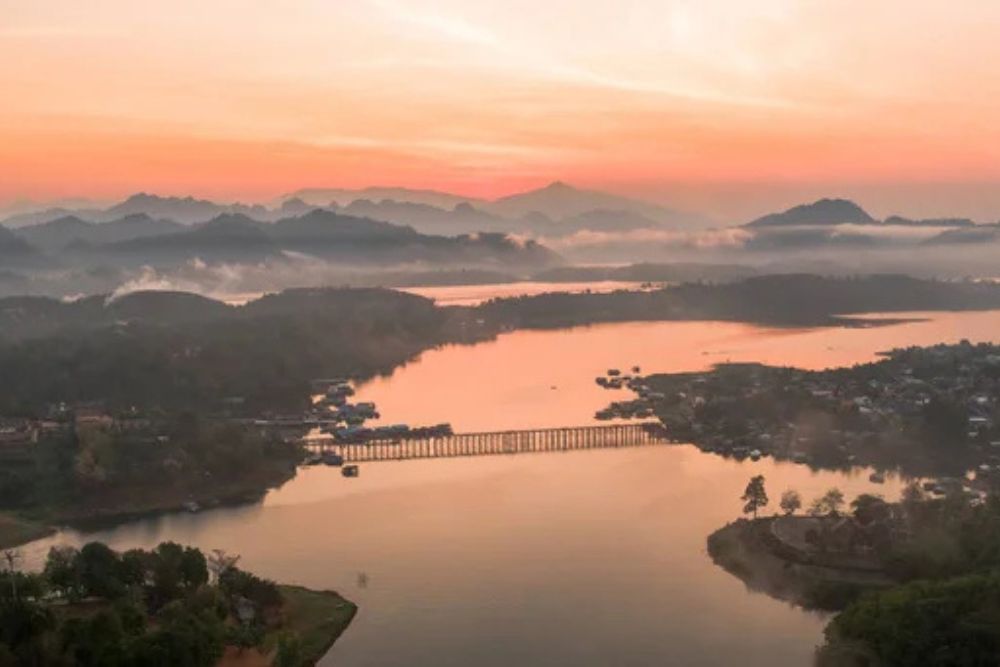
This border town near Myanmar offers one of Thailand’s remarkable cultural experiences, where Mon, Karen, and Thai communities live side by side. The famous wooden bridge stretches nearly half a mile across the reservoir — connecting different ethnic neighborhoods in a scene that looks like something from a movie.
Morning mist often shrouds the bridge and surrounding mountains, creating photography opportunities that rival anywhere in Southeast Asia. The town’s isolation near the Myanmar border means most tourists never make it here, leaving this fascinating cultural melting pot largely to adventurous independent travelers.
Koh Tarutao
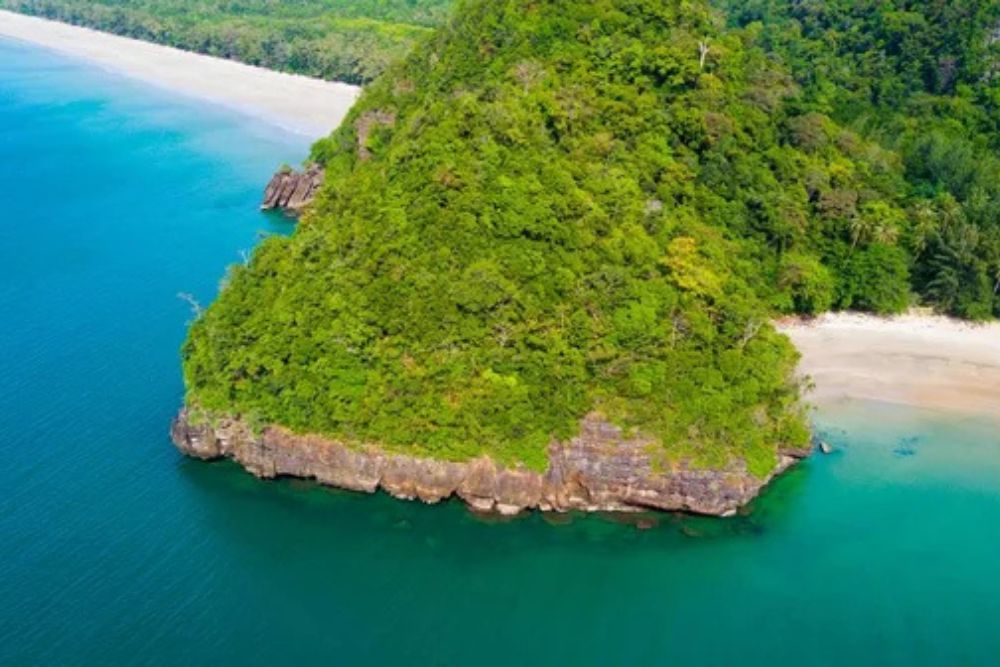
This national park island in the far south near Malaysia offers pristine wilderness that feels completely untamed. Dense jungle covers most of the island’s interior, though the coastline alternates between mangrove swamps and deserted beaches that stretch for miles. The island once served as a political prison, and you can still explore the atmospheric ruins scattered through the forest.
Accommodation options remain deliberately limited to preserve the island’s wild character, so visitors need to plan ahead and come prepared for a real adventure.
Like Travel Pug’s content? Follow us on MSN.
Chiang Khan
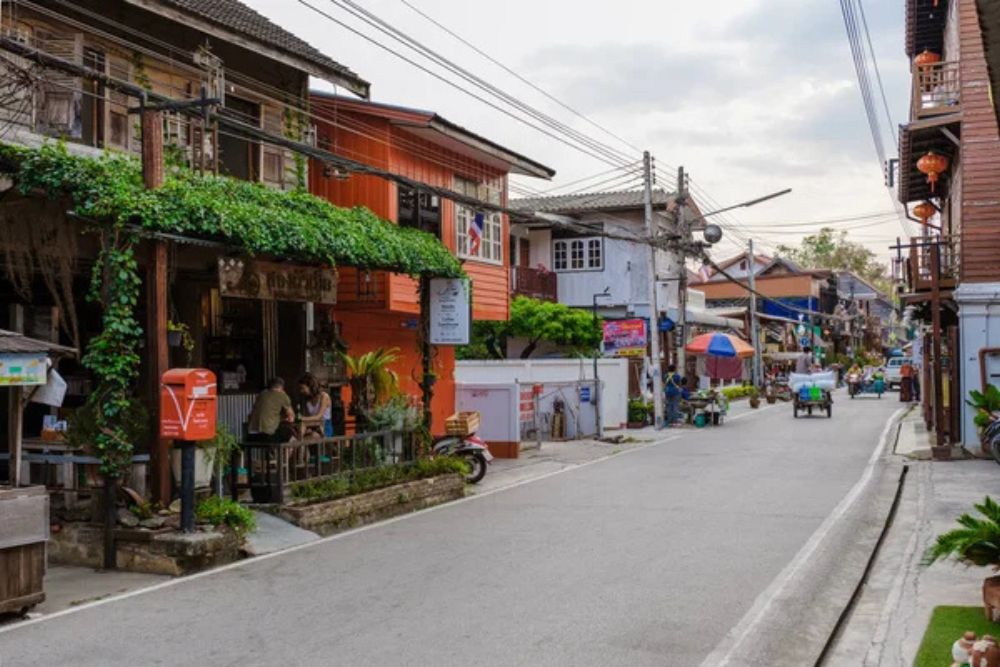
Perched along the Mekong River in Loei Province, this small town preserves traditional wooden architecture and a pace of life that disappeared from most of Thailand decades ago. The morning alms ceremony here feels more low-key and authentic compared to the polished ceremony in Luang Prabang across the river in Laos.
Local guesthouses occupy restored colonial-era buildings, while the night market serves northeastern specialties that most visitors to Thailand never try. The town’s popularity among domestic tourists hasn’t translated to international recognition, keeping it pleasantly uncrowded for foreign visitors.
Koh Sukorn
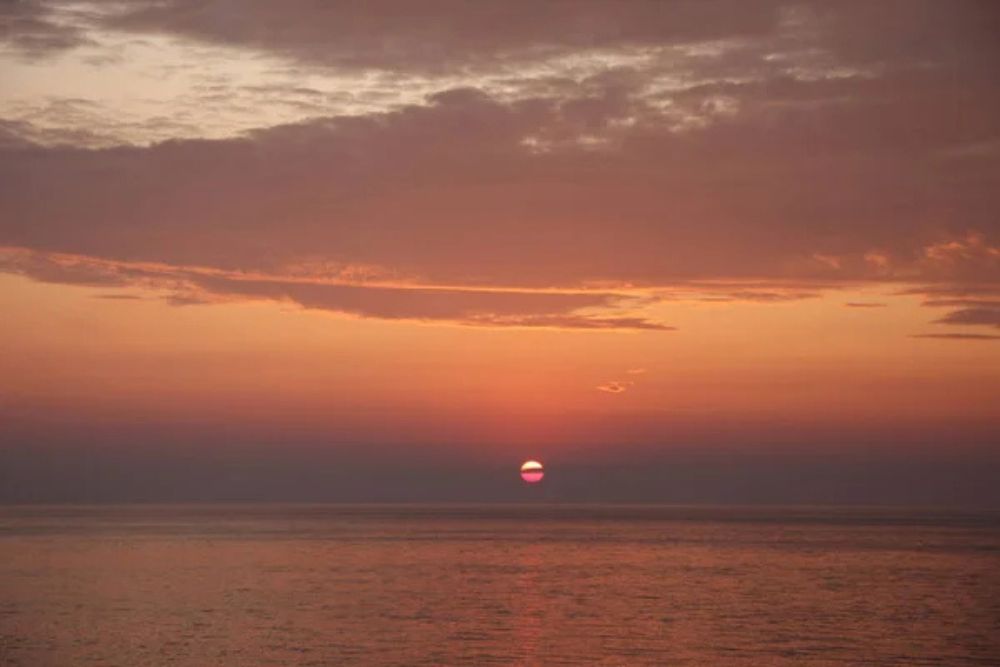
Muslim fishing communities dominate this southern island, creating a cultural experience quite different from typical Thai destinations. Traditional long-tail boats crowd the harbor, whereas inland rubber plantations and rice fields create a working landscape that tourism hasn’t changed much. The island’s relative isolation in the Andaman Sea means the coral reefs remain healthy and fish populations stay robust.
Visitors often find themselves as the only foreigners around, leading to authentic interactions with locals who remain genuinely curious about outside visitors.
Pai Canyon
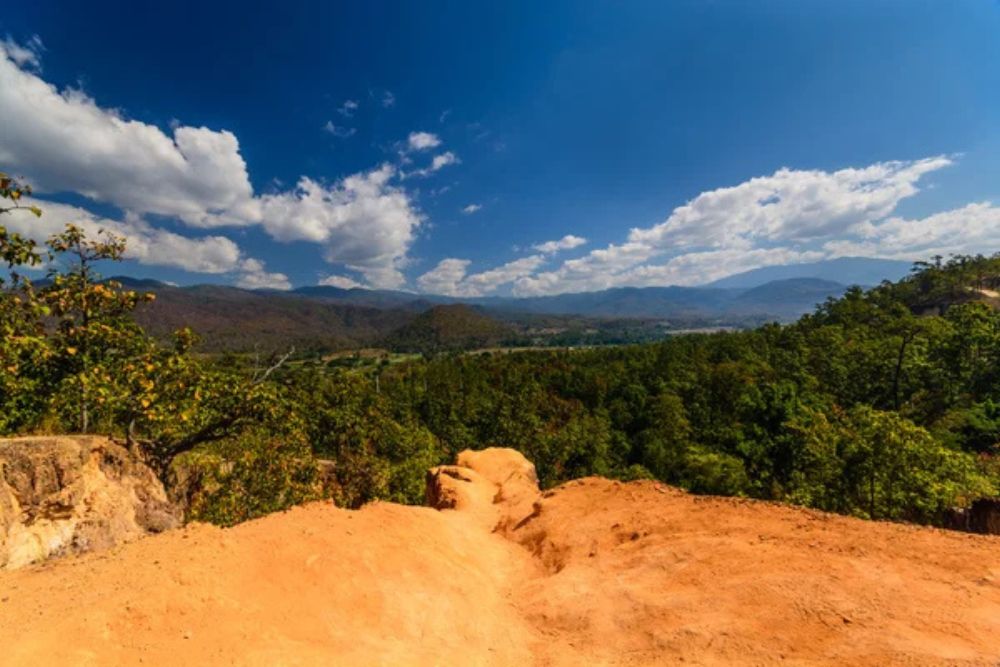
While Pai town itself has become somewhat touristy, the surrounding countryside still hides spectacular natural formations that most visitors miss. The canyon’s narrow ridges and steep drops create hiking opportunities that rival famous national parks, yet without the crowds or entry fees.
Sunset views from the canyon rim stretch across mountain ranges that seem to go on forever. The relative difficulty of reaching viewpoints keeps casual visitors away. Local hill tribe villages in the area maintain traditional lifestyles, offering cultural experiences that feel authentic rather than staged for tourists.
Like Travel Pug’s content? Follow us on MSN.
Koh Kradan
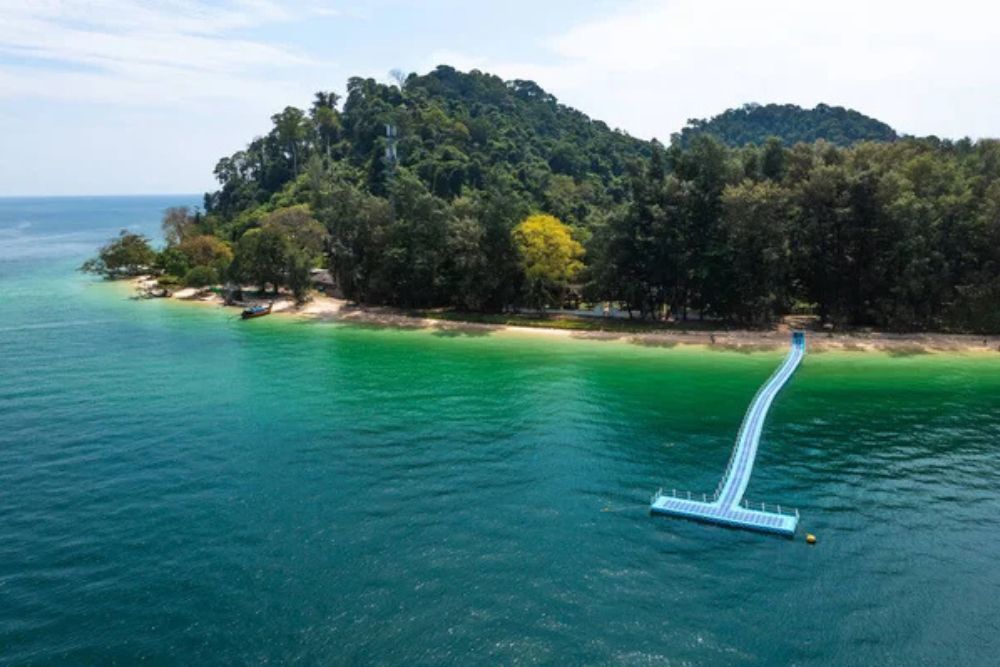
This tiny Andaman island boasts some of Thailand’s most beautiful beaches, though its remote location keeps visitor numbers manageable. The island’s main beach features powder-white sand and crystal-clear water that rival some of the world’s most famous beaches.
Coral reefs just offshore provide world-class snorkeling, with marine life that thrives thanks to the island’s protected status. The handful of simple accommodations means staying here feels more like camping in paradise than a typical beach resort experience.
Khao Sok National Park’s Hidden Lakes
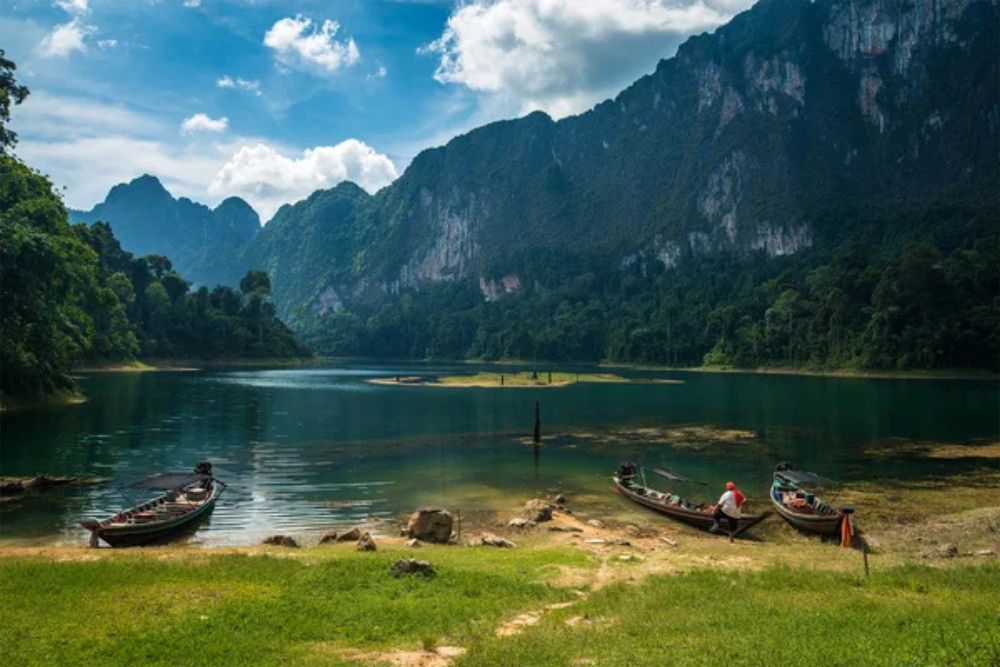
While the main park gets some visitors, the remote lake areas accessible only by long-tail boat remain wonderfully wild and empty. Towering limestone cliffs rise straight from emerald water, creating scenery that inspired the floating mountains in Avatar. Floating raft houses provide the only accommodation on these hidden lakes.
Falling asleep to the sounds of the jungle with no light pollution creates an experience that feels like traveling back in time. The journey to reach these areas requires commitment, though it rewards visitors with some of Southeast Asia’s most pristine wilderness.
Thailand’s Timeless Appeal Lives On
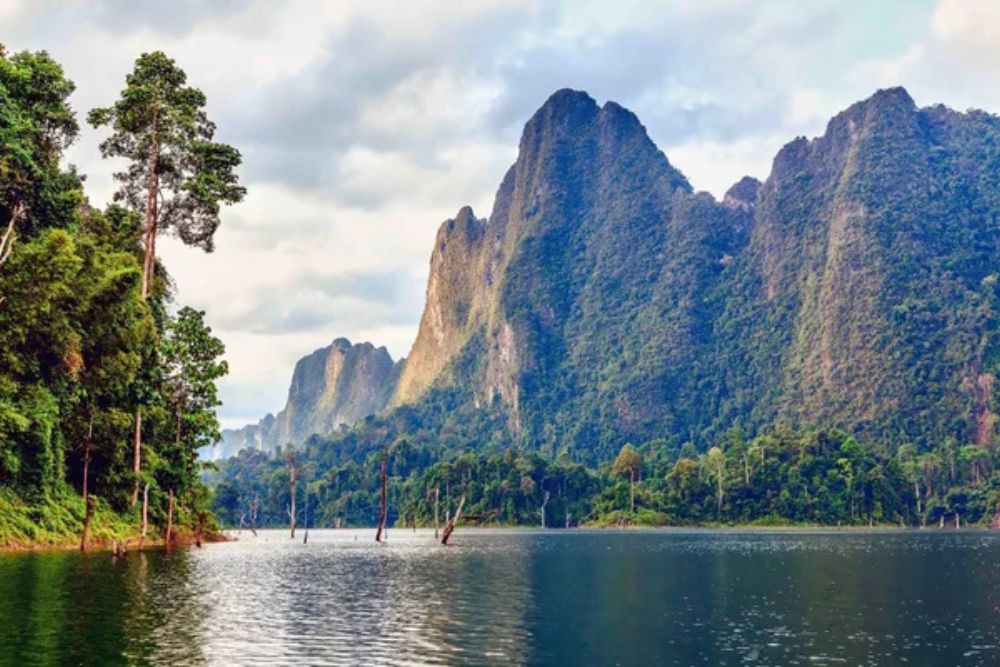
These hidden corners of Thailand prove that the country’s legendary hospitality and natural beauty still exist far from the well-worn tourist paths. While popular destinations continue to evolve and sometimes lose their original charm, these secret spots maintain the authentic Thai experience that drew travelers here in the first place.
The effort required to reach them filters out casual visitors, leaving more meaningful encounters with both nature and local communities. Thailand’s diversity means that no matter how well-traveled you think you are, the country still holds surprises for those willing to venture beyond the guidebook recommendations.
More from Travel Pug

- 20 Best Beach Towns in the Carolinas
- 13 Destinations Where Tourists Regularly Regret Their Trip
- 20 Things You Actually Get in First Class
- 20 Small Airports With Aviation Museums
- 20 Places in the U.S. That Are Perfect for a Reset Trip
Like Travel Pug’s content? Follow us on MSN.
